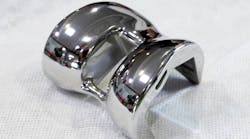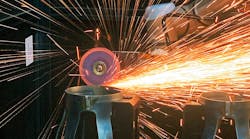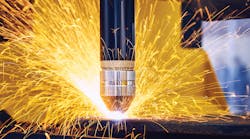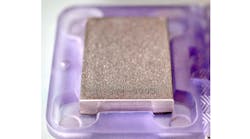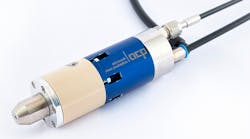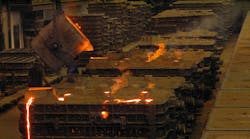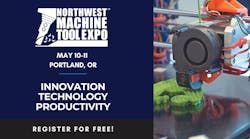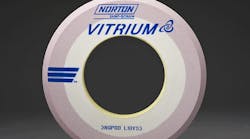NORTON ABRASIVES developed and launched Norton Vitrium3 bonded abrasives products, engineered for maximum performance and cost savings in precision grinding.
An entirely new abrasives platform, Norton Vitrium3 features a patent-pending bond technology developed by the Saint-Gobain Abrasives R&D team. This bond features an exclusive chemistry that promotes grain adhesion, resulting in improved product versatility across a wide range of applications. Substantial performance improvements with Norton Vitrium3 are now attainable in all Norton abrasive grains, from proprietary Norton Quantum ceramic alumina to conventional aluminum oxide.
Norton Vitrium3 has three major features and benefits over standard vitrified bonds:
1. A stronger bond construction allowssuperior form and corner holding for improved part quality and higher tolerances, reduced dressing time and wear, as well as the ability to meet the higher wheel speedsdemanded of today’s equipment.
2. An improved holding power using less bond-to-abrasive ratio. This allows increased exposure of the abrasive grains for an improved cut rate and significantly less burn, while reducing power consumption and grinding forces on the part.
3. An increased porosity improves coolant flow and chip clearance to eliminate burn or other part damage, especially on today’s tough-to-grind materials, such as high nickel alloys, tool steels and chrome.
“Whether the goal is to reduce total cost per part, increase throughput, or improve work piece quality, Norton Vitrium3 is re-shaping the world of precision grinding to meet these needs,” said Scott Leonard, director of product management at Norton Abrasives. “This new technology will allow significant increases in production and also introduces the possibility of grinding instead of conventional machining on some operations.”
Norton specialists can optimize users’ grinding processes via the Process Solutions Program (PSP) testing by contacting a local Norton representative or visiting www.nortonindustrial.com/vitrium3.aspx for more information.
Visit www.nortonabrasives.com

